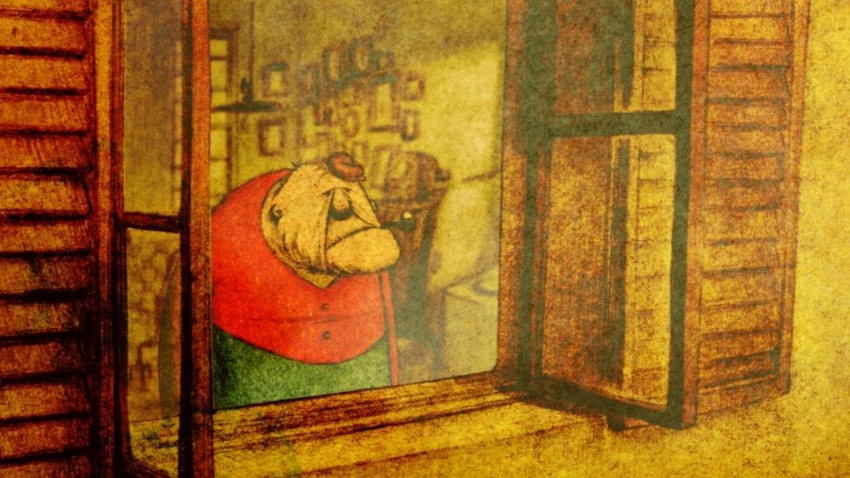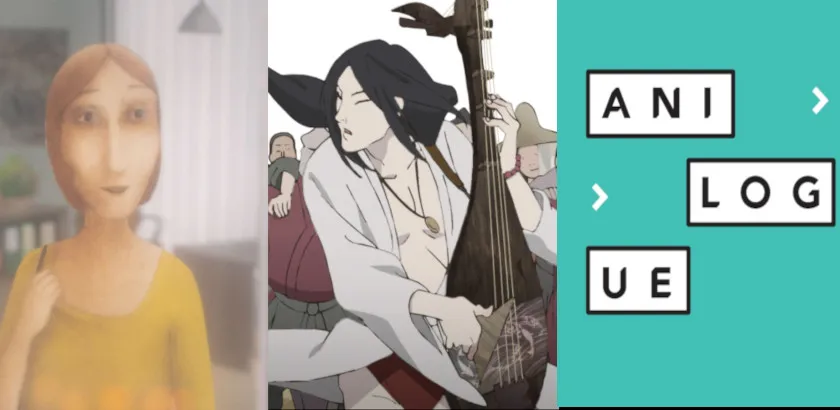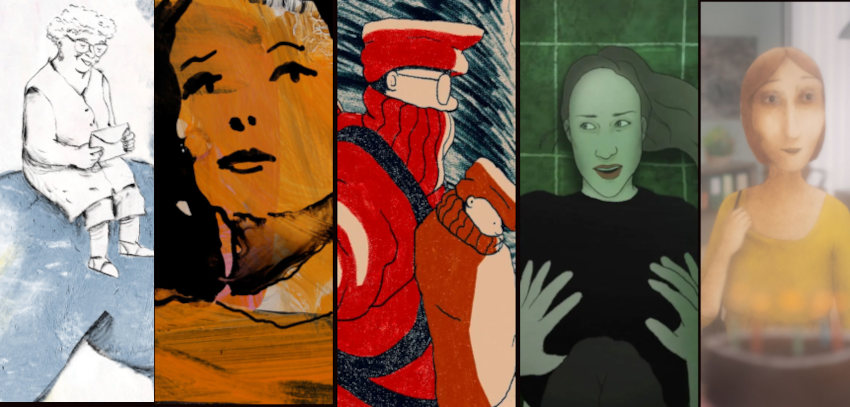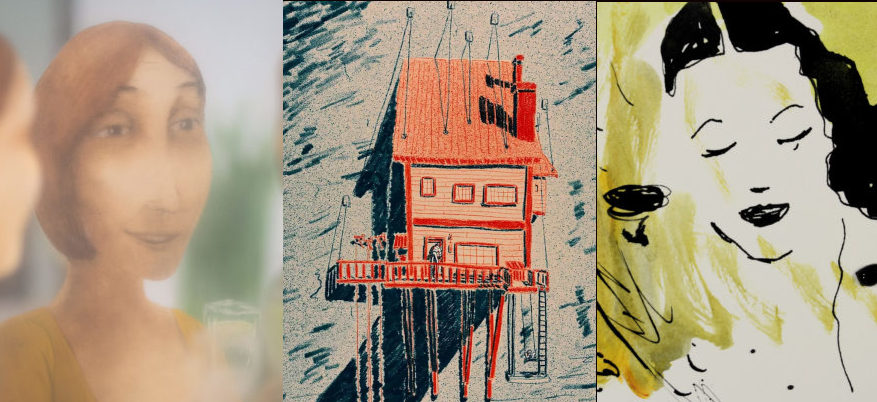Independent Animation Shorts
Stay Home: 5 Indie Animation Shorts Talk About Our Own Place

We considered films that take advantage of a single (or a limited) apartment or house space throughout the whole film; these films use home space to bring up and investigate previously hidden relations.
4 contemporary and one celebrated earlier example of staying home in animation, all available online to watch. If you need to stay home, you had better do it with good animated company.
Boles by Špela Čadež (Slovenia / Germany, 2013)
Filip lives in a poor neighbourhood. He dreams of writer’s glory and luxurious lifestyle in a more prosperous part of town. One day Filip gets a knock on the door. His neighbour Tereza, an older prostitute that Filip tries to avoid by all means, asks him to write a letter for her fiancé. Filip agrees. And it would all end up fine if a week later Tereza would not show up at his doorstep again, asking him to write an answer to the previous letter.
Zippy Frames: The homely environment is not advertised as the main element in Špela Čadež's film; yet the apartment in Boles with all its minutiae (secret passages between books included) is still a protective and at the same time silently supporting entity. It encloses desires and relationships that they would never develop outside this space -and they don't, really.
In Between Shadows, Tianran Duan (2016)
While the sunshine casts on buildings, either on walls, stairs or floors, shadows will appear and form infinite space and mysterious structures, a combination of memories, subconscious and past time.
Zippy Frames: Slow tracking shots and eerie but still somehow familiar sounds still make it the case that a home can be an alive and memory-invested organism after all its residents have gone away.
The Bigger Picture by Daisy Jacobs (UK, 2014)
Daisy Jacobs is a London-based, British animation director. Her short, The Bigger Picture, 2016, is an award-winning film that tells the story of two brothers who care for their aging mother. Jacobs created the film's characters and scenes by combining hand-drawn and stop-motion animation at a life-sized scale. By animating at this large size, she was able to construct highly-detailed, uncannily realistic environments and disrupt conventional boundaries between fiction and real life.
Zippy Frames: Even though it takes place both at home and in the hospital environment, The Bigger Picture never feels like we ever leave the same residency of care. Home literally absorbs (or inversely has to accommodate) its oversize characters, which are almost glued to its walls. It breathes its own rhythm and tension, to which characters need to respond emotionally, in order to take care of their own family sentiments.
La maison en petits cubes (The House of Small Cubes) by Kunio Katō (2008, Japan)
As his town is flooded by water, an aged widower is forced to add additional levels on to his home in order to stay dry. But when he accidentally drops his favourite smoking pipe into the lower submerged levels of his home, his search for the pipe eventually makes him relive scenes from his eventful life (including his time before the flooding began).
Zippy Frames: An elegy of a family home; also a meticulous reconstruction, cube by cube, of all past experiences lurking underneath. You need to dive into each one of them to fully appropriate them.
Tango by Zbigniew Rybczynski (1981)
Subsequent characters appear in a poorly-decorated room, intertwining but never colliding, all possessed by never-ending rituals.
Zippy Frames: Coming directly out of Marx Brothers' comic fantasy mind, Tango states the only way to have the essential contradiction of being stuffed yet having the feeling of plenty is to fill a place with people. An empty place is just the end of the story.









